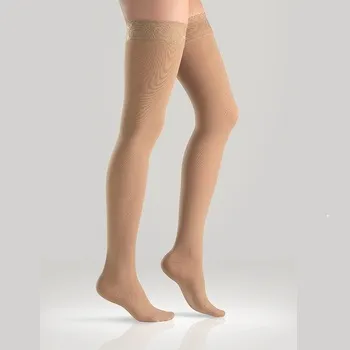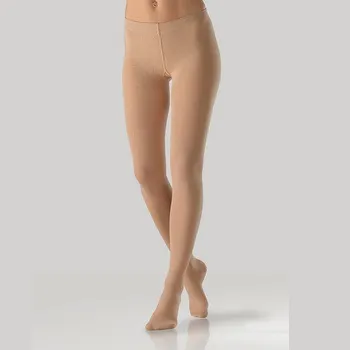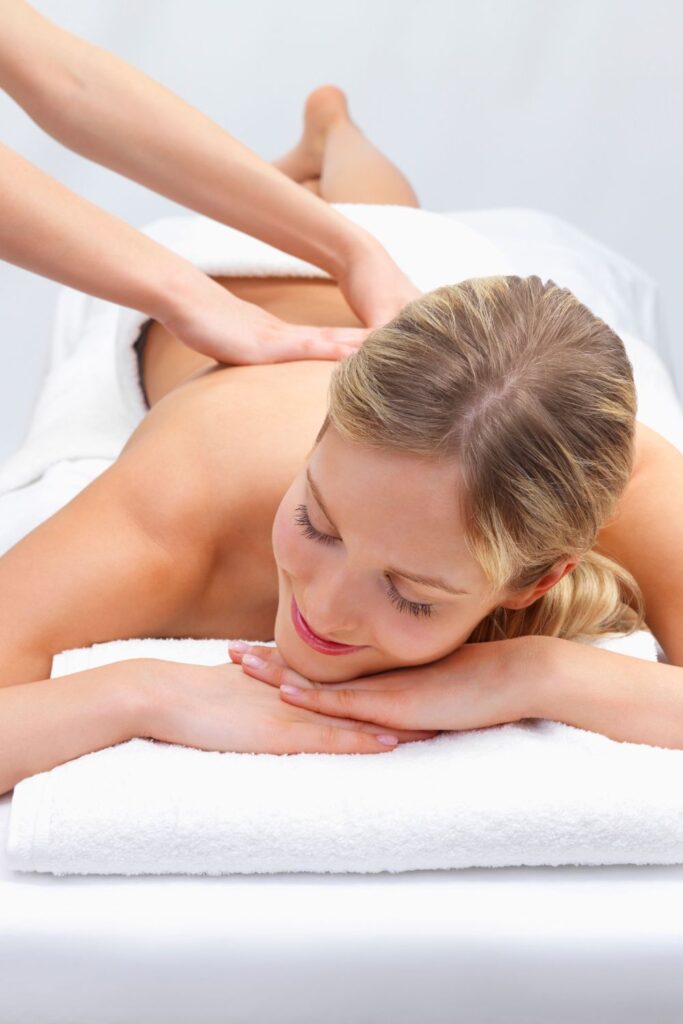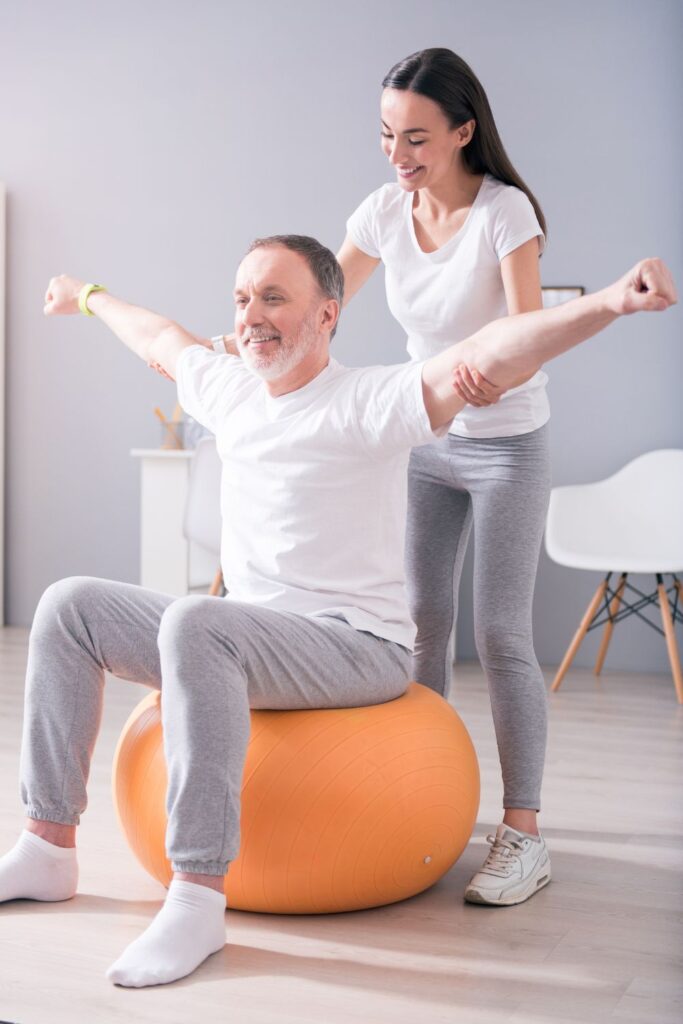Share
Ofa Bamberg Medical Compression Stockings stand for the most modern technology in combination with more than 90 years of experience in medical compression. And not only development is based in Germany. We are particularly proud of the fact that also production is almost exclusively “made in Germany”.
What does compression help with?
Every registered doctor can prescribe compression stockings. They are often used to treat the following conditions:
The benefits of Ofa Bamberg Medical Compression Stockings
It is not only the veins that benefit from wearing compression stockings. Other factors that can be improved through compression are:
Ofa Bamberg Medical Compression Stockings
We care about your comfort
We’re revealing the secret to comfortable legs – compression stockings! Find out more about our high-quality circular-knit stockings such as Memory, Memory Aloe Vera, Memory Men, Lastofa Verde, Lastofa, and Lastofa Cotton.
We also offer edema patients a broad range of flat-knit compression stockings such as Lastofa Forte and Lastofa Extra, which have different materials, designs, and special features.
What does compression mean exactly?
The word ‘compression’ essentially means ‘pressing together’. The technical term for medical compression is derived from this and stands for mechanical pressure which is applied to a specific part of the body. Compression therapy can either be used preventively (with sports, for example) or to treat acute diseases. Compression is predominantly seen in the form of tights or stockings. Ofa also offers compression supplies for arms and hands.
Depending on the vascular disease at hand and the extent of its impact, different types of compression is used in medicine (flat-knit vs. circular-knit). Additionally, compression classes are divided into different degrees of severity.
Compression for vein disorders
To treat vein disorders, doctors often prescribe compression stockings. The compression pressure applied by the tight stockings ensure that the venous valves close and speed up the pumping of blood back to the heart. What’s more, it allows metabolic waste to be removed more quickly and thus reduces swellings.
Compression for edema
When treating edema (accumulation of water), pressure is applied to the entire lymphatic system through compression. This activates ‘decongestion’, ensuring that water retention can flow off better and more quickly. In the case of conditions like lipedema or lymphedema, compression stockings are an integral component of medical therapy.
Unlike compression stockings, support stockings only have a preventive effect. When sitting down or standing for a prolonged period, such as when the legs get heavy and swell up while travelling, support stockings can provide relief. They do not help if a medical indication already exists.
Compression for quick recovery after exercising
Compression stockings can improve blood circulation and, thereby, supply the muscles with oxygen faster. As a result, an athlete will have more energy and will be able to increase their performance more quickly. What’s more, compression stockings reduce muscle twitching, which can lead to more stability, better self-awareness and, thus, a lower risk of injuries.
The use of compression in sports predominantly serves regeneration. Athletes tend to recover more quickly after a workout if they’re wearing compression stockings and sore muscles are subjectively perceived as less intense.
Compression for the prevention of thrombosis while travelling
Long flights and the respective sitting in a confined space is particularly strenuous for the legs. When combined with other risk factors such as smoking, excess weight, or a genetic predisposition to varicose veins, it can lead to travel thrombosis. This occurs when the legs aren’t used for several hours; blood flow in the veins is reduced and the legs swell up. The calves can also begin to hurt. Both can be the first signs of thrombosis. For these reasons, if you suffer from vein diseases, you should not forget your compression stockings.
Circular-knit or flat-knit – what’s the difference?
Depending on the condition, either circular-knit or flat-knit stockings are recommended. Generally, the following rules apply:
The difference between the knitting processes of circular-knit and flat-knit lies in the elasticity of the material, the pressure applied, and the (non-)existent stocking seam.
There are four pressure classes:
Compression stockings: Putting them on and care
Compression stockings must sit very tightly and should ideally feel like a ‘second skin’. That’s why putting them on can often be a little challenging. Rubber gloves and donning aids can help to pull the stockings over the legs more easily. Skincare is also really important to prevent dryness of the skin. Additionally, washing of the compression stockings daily – either by hand or at 30 degrees Celsius on a gentle cycle – is extremely important as cleaning the stockings will maintain their elasticity.






